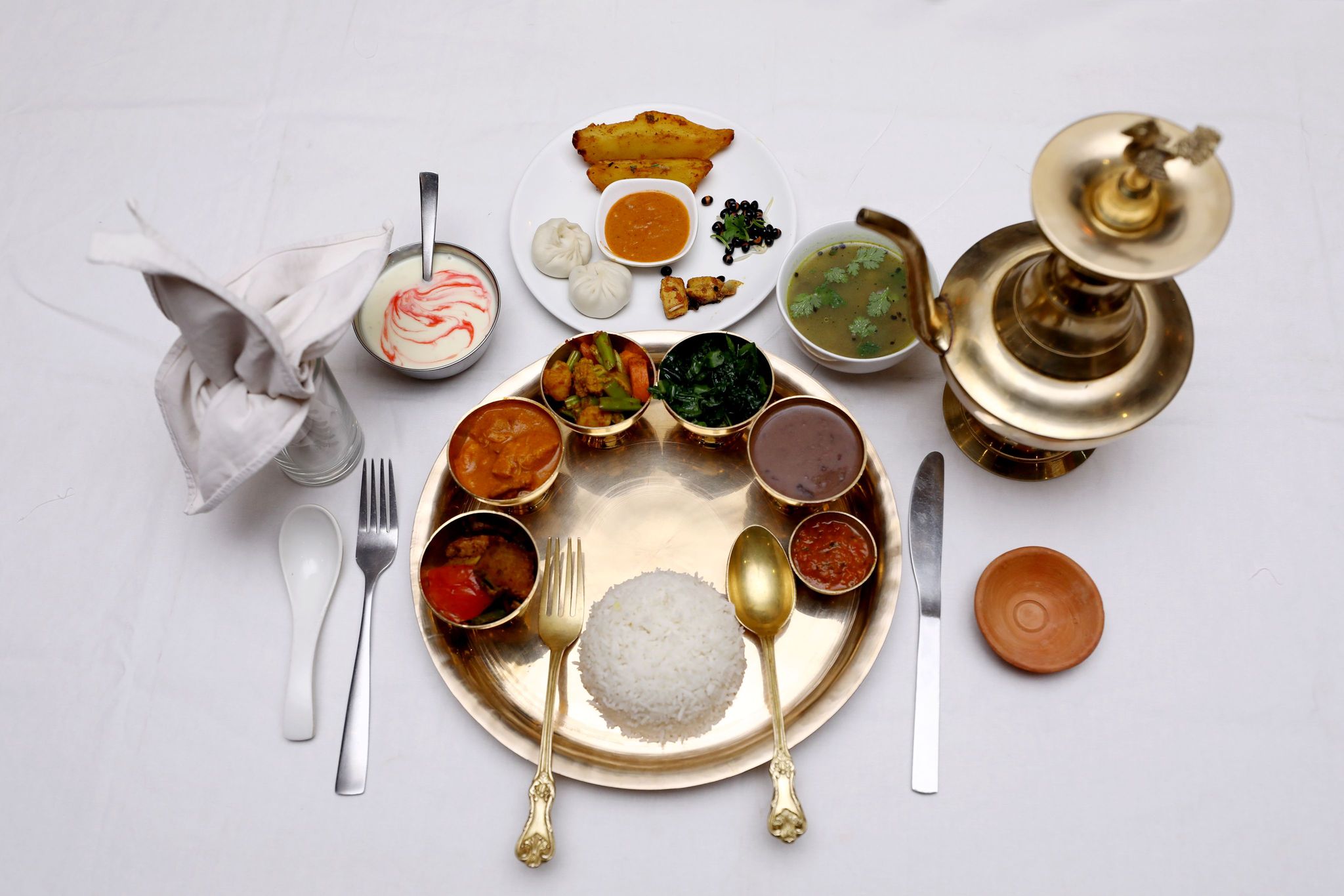Food availability during Trek in Nepal
Food availability during trek in Nepal
Depending on the area and kind of trek, food availability varies throughout Nepal. Trekkers can find well-established teahouses along well-traveled routes like the Annapurna Circuit and Everest Base Camp, where meals are available all day. Teahouses usually serve hearty dishes like momos (dumplings), soups, noodles, and dal bhat (rice, lentils, and vegetables). They make sure hikers are well-fed and well-rested by accommodating both vegetarian and non-vegetarian preferences. Due to logistical issues, food options may be more limited and prices may be higher on higher altitude or less-traveled trails. As emergency snacks, energy bars, almonds, and dried fruits are recommended. Additionally, teahouses offer boiled or filtered water for hydration. With enough notice, special dietary requirements can be partially met; however, hikers with very specific dietary needs may not have many options. Generally, food is generally available in Nepal's trekking regions, but depending on the season and how remote the trek is, hikers should be ready for variations in menu options and prices. Trekkers' overall experience is enhanced when they can enjoy wholesome meals amid Nepal's breathtaking landscapes, which can be achieved through flexibility and preparation.
Why having a quality and energetic food during trek is essential?
Given the demanding conditions of the terrain and altitudes experienced, having nutritious food is essential when trekking in Nepal. Long days of hiking through a variety of environments, from lush forests to high mountain passes, are common on Nepal's trekking routes. Healthy meals high in fats, proteins, and carbohydrates give hikers the energy they need to power their muscles and maintain their endurance. This is especially important at higher elevations where oxygen concentrations are lower and physical exertion is more difficult. In addition to promoting muscle recovery and lowering the chance of exhaustion and injury, a healthy diet also makes it possible for hikers to enjoyably and safely negotiate trails. In addition, a healthy diet improves mental clarity and general health, which makes trekking in Nepal's stunning landscapes more enjoyable. As a result, putting an emphasis on wholesome, high-energy food when trekking in Nepal is important for maintaining endurance, performance, and enjoyment of the experience.
List of available food during the trek in mountain areas of Nepal
Trekking in Nepal's mountain regions offers a wide range of food options at teahouses and lodges along the way. These are especially true for popular routes like the Everest Base Camp, Annapurna Circuit, and Langtang Valley. Here's a list of typical foods you might find:
Dal Bhat
A typical Nepali meal that consists of rice, pickles, and lentil soup (dal). Seasonal vegetables and pickles are frequently included. Because of its high energy content and filling nature, it's frequently regarded as the best option for hikers.
Soups
Some varieties are particularly comforting at higher altitudes; these include vegetable soup, tomato soup, and occasionally chicken or noodle soup.
Noodles
Frequently served warm and fried or with soup, it delivers instant energy.
Momos
Dumplings made in the Nepali style, typically stuffed with chicken or beef instead of vegetables.
Rice Dishes
You may also find rice dishes with curry or fried rice in addition to dal bhat.
Eggs
A good source of protein, either fried, boiled, or in omelets.
Beverages
Coffee, tea (especially ginger lemon honey tea or masala tea), hot chocolate, and soft drinks.
Special Dietary Needs
Even though the menu usually caters to popular tastes, teahouses can often accommodate special dietary requirements, such as being gluten-free, vegetarian, or vegan, provided they are made aware of them ahead of time.
It's vital to remember that food costs can change based on location and altitude, and that food availability and variety may decline on less popular or remote trekking routes. It can be helpful to pack some energy bars and snacks, particularly for longer trekking days or in case of unforeseen delays.
